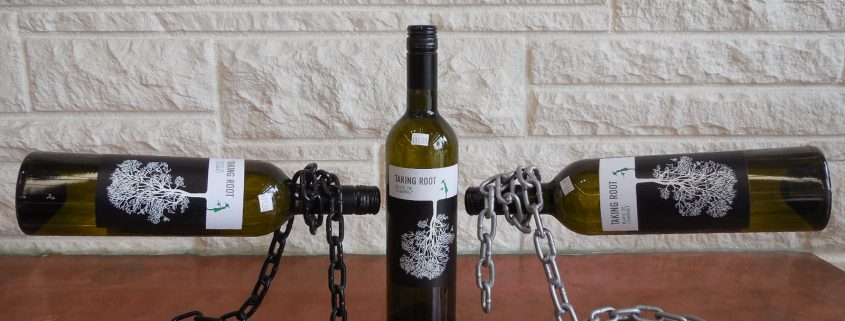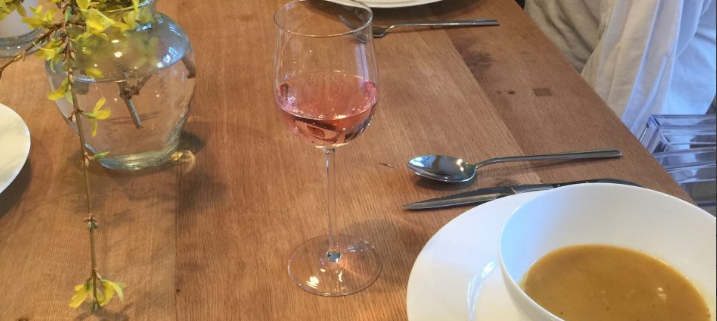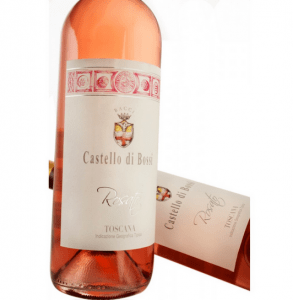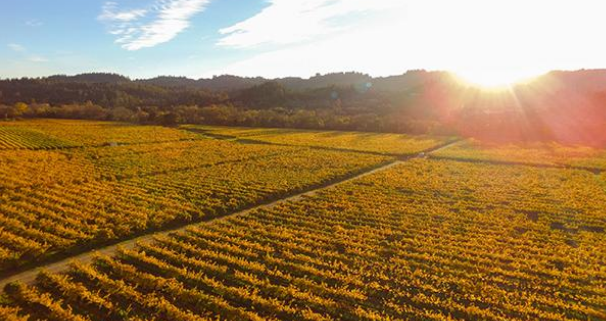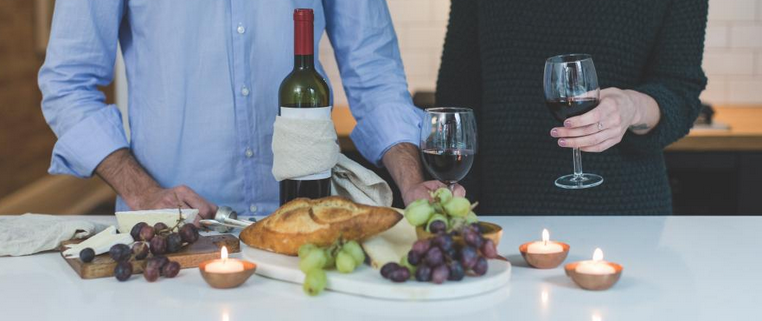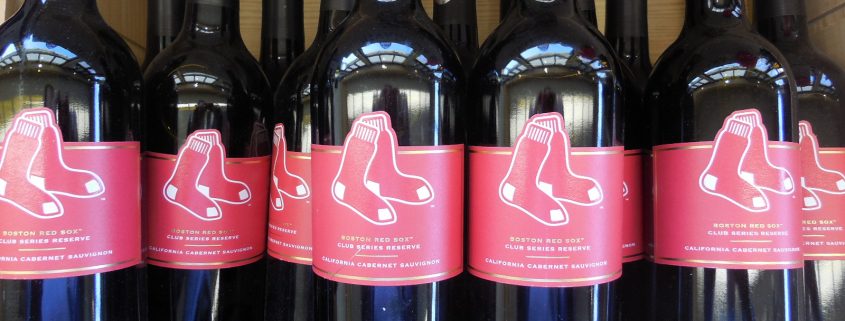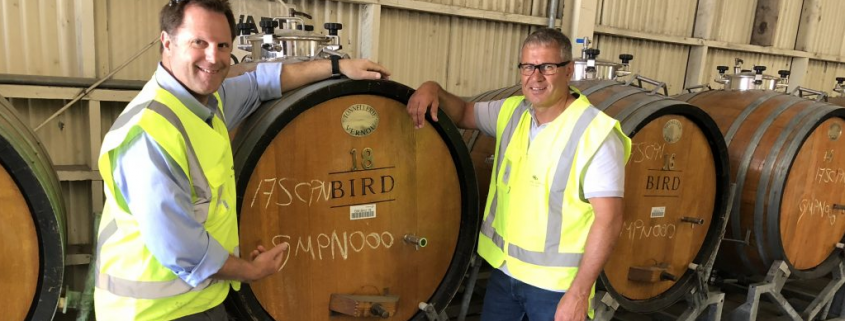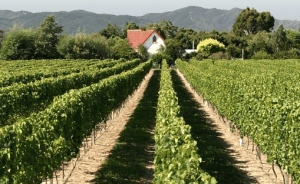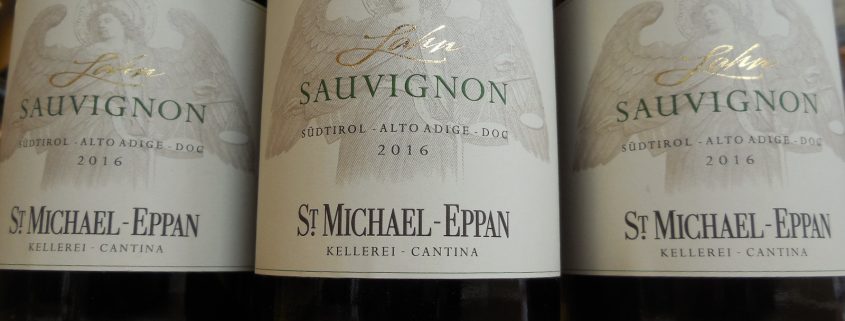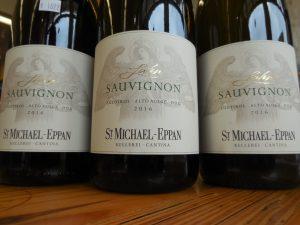Moldova is a fascinating country. It sounds both very remote and yet very familiar to my ear – something about Transylvania and the Carpathian Mountains to the west, the Black Sea to the east. It seems to sit at a sinister juncture of fairytale and legend. But in reality, Moldova is a country covered by gently rolling hills that reach no higher than 1000 feet. There are lush valleys and rich pastures with a very temperate climate that is not too cold in the winter and not too hot in the summer and it gets just the right amount of rain for farming grapes.
In fact, Moldova has been growing grapes for millennia. There is evidence suggesting that the native Moldovans were making wine as early as 3000 B.C.E. There has been constant cultivation since that time, excepting the 300 years of Ottoman rule that destroyed many of their vineyards. Further damage was caused during both World Wars, decimating their wine stocks. However, in the post-war period, there has been a concerted effort to replant the wonderful hillsides with vines and bring production back to its former glory.
They have succeeded to a very great extent and replanted many indigenous varieties such as the difficult to pronounce “Feteasca Alba”, “Rarã Neagrã” and “Zghiharda.” They have also followed global trends and replanted the lands with more international varieties, including Cabernet Sauvignon, which seems to thrive almost everywhere, as well as Merlot, Pinot Noir, Riesling, Pinot Grigio and Chardonnay.
Until I tasted this remarkable wine, I couldn’t really predict what I would be tasting. I have had many, many red Cabernet Sauvignon wines and even had a few rosés, but I have never had a white wine made with it. This wine makes you appreciate just why Cabernet Sauvignon is indeed a superstar among grape varieties. My son would call it “o.p.” or overpowered. When it is gently pressed to preserve its fruit flavors and keep out the colors and polyphenols from the skins, it yields a white wine that has some beautiful aromas and flavors. Fresh and approachable, you smell grapefruit, herbs, perhaps some mango, pineapple and banana, and maybe just a hint of jalapeño. Then on the palate, you get creamy textures of summer fruit and with a mineral finish that is completely satisfying. Like most Cabernet’s, this is a full-bodied wine that is perfect with a range of flavors including shell fish, mature hard cheese, and charcuterie.
Thanks for reading,
Seema

